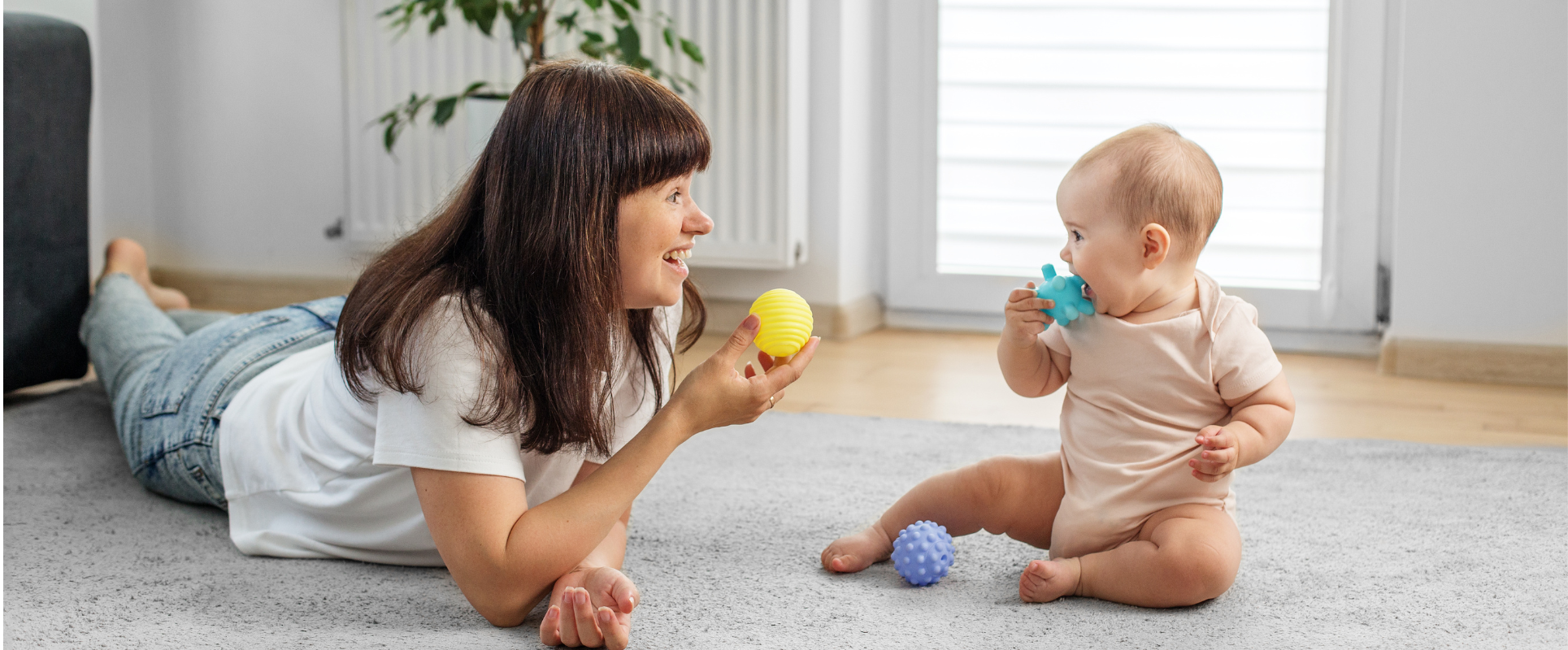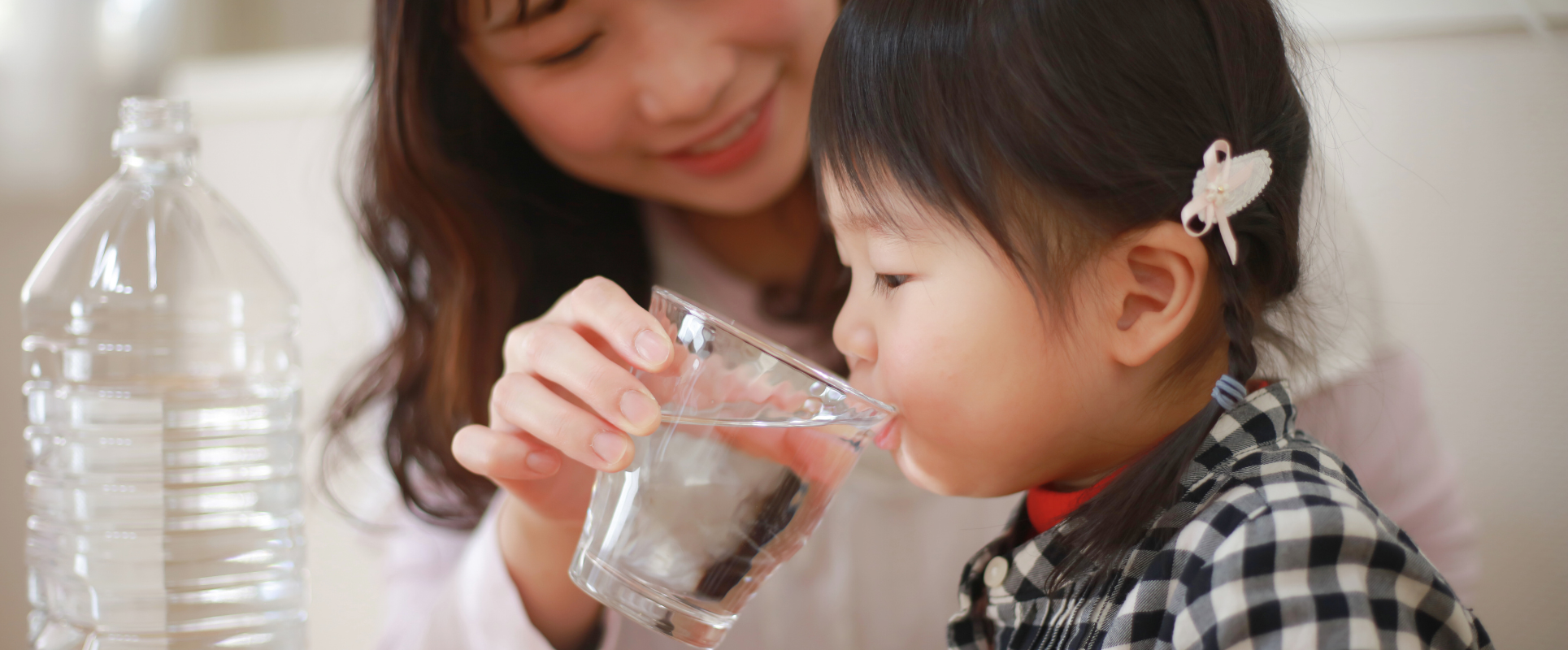
The Impact of Pet Ownership on Children’s Health and Immune Systems
Many parents wonder: does having a pet help or hurt a child’s immune development? In this post, we explore the evidence on how raising pets during infancy and early childhood can influence immunity, allergy risk and general health. We’ll also cover precautions, biological mechanisms and best practices to maximize the benefits and mitigate risks.
1. Why pet exposure might matter: the “microbial-training” view
One of the key conceptual frameworks is the hygiene hypothesis (or its modern variants, such as the “microbiome depletion hypothesis”). This suggests that early-life exposure to diverse microbes (from animals, soil, etc.) helps the developing immune system learn tolerance and proper regulation, reducing overreactions (like allergies) later on.
Pets—especially cats and dogs—contribute to increased microbial diversity in the home environment (via skin, fur, soil, outdoor exposures). Some studies note that children growing up with pets or in farm settings tend to have richer, more balanced gut microbiota, which supports a more resilient immune system.
In short: pets may act as a “natural immunologic educator,” exposing children (in low, tolerable ways) to beneficial microbes that train their immune defenses.
2. What the evidence says: benefits & risks
2.1 Potential benefits
Reduced allergy and asthma risk (in many, though not all, studies)
-
A longitudinal birth-cohort analysis suggests that early exposure to dogs is associated with lower rates of wheezing and atopy (allergic sensitization) in children.
-
In the journal J Allergy Clin Immunol, one study found that dog ownership plus certain genotypes correlated with altered immune development and a lower incidence of atopy.
-
A review reports that exposure to cats and dogs may lower the risk of developing allergic sensitization in both children and young adults.
-
A Japanese large-scale study (Japan Environment and Children’s Study) found infants exposed to cats or indoor dogs had a 13–16% lower risk of food allergies by age 3.
-
The NIH’s News in Health states that early pet exposure may help protect young children from allergies and asthma.
-
Petting a dog for only ~18 minutes has been observed to raise salivary immunoglobulin A (IgA), an antibody important for mucosal immune defense.
Stronger general immunity and potentially shorter illness courses
Some pediatric sources argue that children with pets may require shorter antibiotic courses when they do get sick, presumably because their baseline microbial defenses are stronger.
Additional benefits for physical and mental health
While not strictly immunologic, owning a pet often encourages more physical activity (walking a dog, playing) and improves psychological well-being (reducing stress, loneliness). Better overall health and lower stress may indirectly support immune function.
2.2 Risks and contradictions: when pet exposure can backfire
Asthma and allergic exacerbation in susceptible children
Not all studies are uniformly positive. A large meta-analysis (over 700,000 children) found that cat ownership was significantly associated with a higher risk of childhood asthma (OR ~1.18) and dog ownership also modestly associated (OR ~1.12).
Thus, in children already genetically predisposed or sensitized, pets can act as triggers rather than protectors.
Confounding factors and inconsistent findings
Many studies show contradictory or mixed results, which may stem from differences in:
-
Timing and intensity of pet exposure
-
Genetic or family history of allergies
-
Household environment (cleaning, ventilation, other allergens)
-
Socioeconomic and lifestyle variables
Some reviews conclude that while early exposure doesn’t increase autoimmune diseases or allergies overall, the protective effect is not universal.
Zoonotic infections and allergenic risks
Pets can carry zoonotic pathogens (e.g. ringworm, Giardia, Toxoplasma, Bartonella) that could pose risks especially to immunocompromised children.
Additionally, pet dander, saliva, and fur contain allergens (e.g. Fel d 1 in cats, Can f in dogs), which may provoke allergic responses in sensitized children.
Hence, the overall picture is nuanced: benefits are strongest in non-allergic, low-risk children with proper pet hygiene, while risk is greater in high-allergy-risk children or poorly managed homes.
3. Mechanisms: how pets influence immunity
3.1 Microbial and endotoxin exposure
Pets bring more microbial diversity and increased endotoxin content into the home. Endotoxins are components of bacterial cell walls that can stimulate innate immunity and help calibrate the balance between different immune responses (e.g. Th1 vs Th2). Some propose that moderate endotoxin exposure shifts immune responses away from allergic (Th2) dominance.
3.2 Immune regulation and tolerance
Early life is a critical window for establishing immune tolerance. Repeated low-level exposures to non-harmful antigens (via pet dander or microbes) may teach the immune system not to overreact. Some studies show changes in cytokine profiles (e.g. IL-10, IFN-γ) in children exposed to pets.
3.3 Gut microbiome modulation
Emerging research indicates that pet exposure may influence the child’s gut microbiome (via environmental microbes tracked indoors). A more diverse microbiome is linked to better immune function and decreased risk of allergies or autoimmune dysregulation.
3.4 Stress-reduction and neuroimmune effects
Interacting with pets (petting, cuddling) can reduce stress hormones (like cortisol) and increase oxytocin, which in turn can modulate immune function positively. This psychoneuroimmune pathway is increasingly recognized.
4. Best practices: maximizing benefits, minimizing risks
If you plan to bring a pet into a household with young children, consider these guidelines:
-
Choose lower-allergenic breeds
Some dog/cat breeds produce lower levels of allergens. Research breeds, but note no breed is completely hypoallergenic. -
Introduce pet early (if possible)
The strongest protective effects are observed when exposure occurs during pregnancy, infancy, or the first year of life. -
Maintain rigorous pet hygiene
Regular grooming, bathing, vacuuming with HEPA filters, and restricting pet access to sleeping areas can reduce allergen and pathogen load. -
Vaccination and veterinary care
Keep your pet vaccinated, dewormed, and free of fleas/parasites to reduce zoonotic risks. -
Hand hygiene & safe interactions
Encourage children to wash hands after touching the pet, and supervise interactions in toddlers to avoid scratches or bites. -
Monitor for early signs of allergy
If your child develops sneezing, wheezing, eczema or other allergic signs, consult an allergist and reassess pet exposure. -
Gradual introduction & cleaning protocols
When first bringing a pet home, start with limited contact, test tolerance and gradually expand exposure while cleaning diligently. -
Balance indoor vs outdoor access
Allowing a pet outdoor time (e.g. dog walk) may reduce the indoor allergen burden that accumulates inside the home.
5. Real-world perspectives and caveats (EEAT lens)
Expertise & authority
Pediatricians and allergists often weigh the pros and cons of pet exposure on a case-by-case basis. Many institutions (NIH, JAMA Pediatrics) acknowledge early pet exposure as a promising, albeit non-definitive, strategy for allergy prevention.
Experience & trust
Parental anecdotes often confirm that children growing up with pets rarely get severe colds or allergies, though this is subjective. Trusted medical sources emphasize context: family history, environment, hygiene and predisposition matter.
Transparency & balance
It’s essential to state both benefits and risks, as we did above. Avoid overselling “pets as immune boosters”—they are one factor among many (nutrition, vaccination, hygiene, genetics).
6. Conclusion & practical advice
In sum, the evidence suggests that for many children, especially those without strong allergy risk, early pet exposure (especially cats/dogs) can support immune development and reduce the risk of certain allergies or asthma. But this is not guaranteed. Some children—especially those genetically susceptible—may experience exacerbated allergic conditions if exposure is uncontrolled or excessive.
If you decide to bring a pet into your home, do so thoughtfully: start early, maintain proper hygiene, ensure veterinary care and monitor health. Combined with good nutrition, vaccinations and healthy lifestyle, pets can become allies in raising healthier, more robust children.







